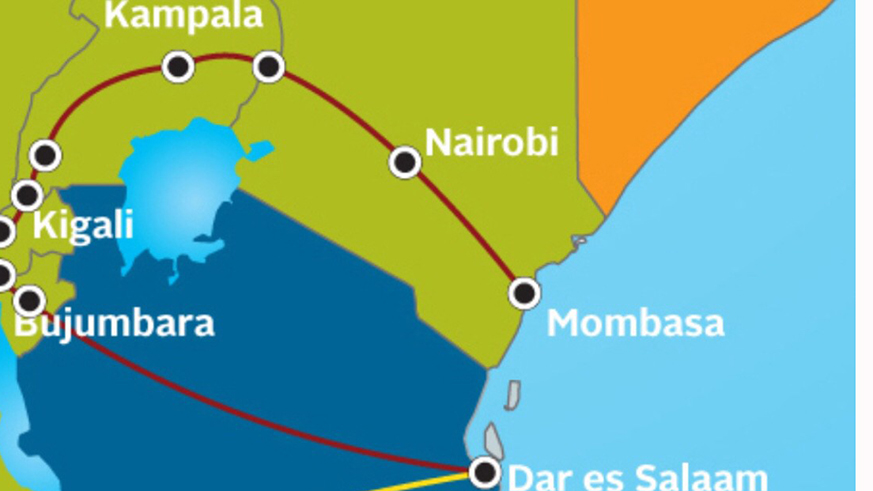



In the time the summit has not been held, many had forgotten about NCIP because it was no longer visible or because it had lost steam.
Also, more exciting news within the region and from around the world crowded what remained of it out of the media.
This period, when nothing happened to attract our attention contrasted sharply with the excitement of the time when closer cooperation among the three countries of the northern corridor, Rwanda, Uganda and Kenya, had just begun.
Then, it was receiving all the attention, both in support and against.
Most will remember the labels that were tagged on the NICP. It was the Coalition of the Willing or they were the sprinters as opposed to the laggards who could not or refused to keep up with the pace.
Those unfamiliar with integration bureaucratic terminology learnt knew things such as variable geometry.
And indeed for a time there was enough momentum to fuel the excitement and maintain newsworthiness.
Summits were regular, held every three months.
Big infrastructure projects were planned. Other projects were identified and assigned to different countries to coordinate their implementation.
Strict timelines were set and periodic reviews made.
Many of the projects were completed. For instance, the One Network Area (ONA) for telecommunications became partly operational. Nationals of the three countries were able to use their national IDs as travel documents across the countries.
A single tourist visa for the three countries was agreed.
It was all going very well, so well indeed that South Sudan, recently admitted to the East African Community, joined the group. Ethiopia and the Democratic Republic of Congo (DRC), though not members of the East African Community, showed great interest in what was happening with NCIP and wanted to be associated with some of the projects.
The two regularly attended the meeting as observers.
Then the willingness appeared to go out of the coalition. Some of the big infrastructure projects such as the Standard Gauge Railway (SGR) connecting the three countries stalled.
On others, like the pipeline transporting oil from Uganda’s oilfields in the west of the country to the Indian Ocean ports, there were second thoughts about where it should pass.
Little headway seems to have been made on electricity transmission lines across the region to enable the sale and sharing of electric energy from some of the countries producing a lot of it.
Various reasons were advanced to explain this creeping unwillingness into what had appeared an unusual example of the desire to move things fast, together.
One such reason was domestic distractions in some of the countries. Political campaigns for presidential and general elections in Uganda in 2016 and in Kenya in 2017 drew politicians’ attention away from anything else.
Elections in these countries tend to be very feisty, acrimonious affairs, and often a matter of life and death. Everything else comes to a halt until they are over. In Kenya there was an unusually prolonged and bitter election season.
In other cases, there was foot-dragging by government bureaucrats, especially in instances where there was nothing in it for them personally. Sometimes the reluctance to move forward with some of the agreed projects was due to narrow and misplaced personal interests misrepresented as national interest.
There were even suspicions of bad faith and backstabbing when there was a sudden reversal of agreed positions. Sometimes this was an example of having second thoughts or succumbing to pressure from other interests groups or some other reasons unconnected to the viability of a particular project.
And so for the last two years the optimism that greeted the formation of NCIP in 2013 has been held in check.
Now the willingness seems to be returning. Distractions of the last few years are in the past, although new ones seem to set in. Some of the leaders are no longer concerned about political survival.
They are looking at their legacy. Perhaps a more closely integrated East Africa will be part of their pre-occupation. To show that things are back on track, summits have been revived and government officials are once again talking to one another about taking the projects forward.
Did the just concluded summit produce any ground-breaking new initiatives? Probably not. It must have been meant to restart the process and it will be a while before we can pick up the momentum again.
Although experience has taught East Africans to be cautious, they remain convinced of the necessity for greater integration. And that still fuels their optimism.


